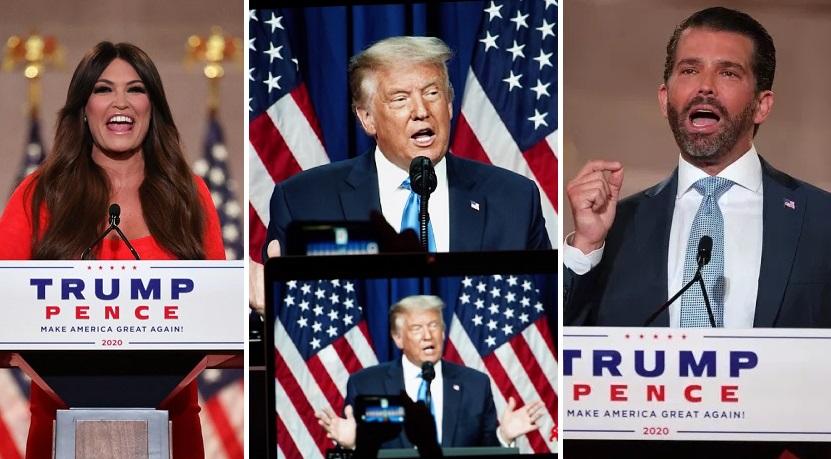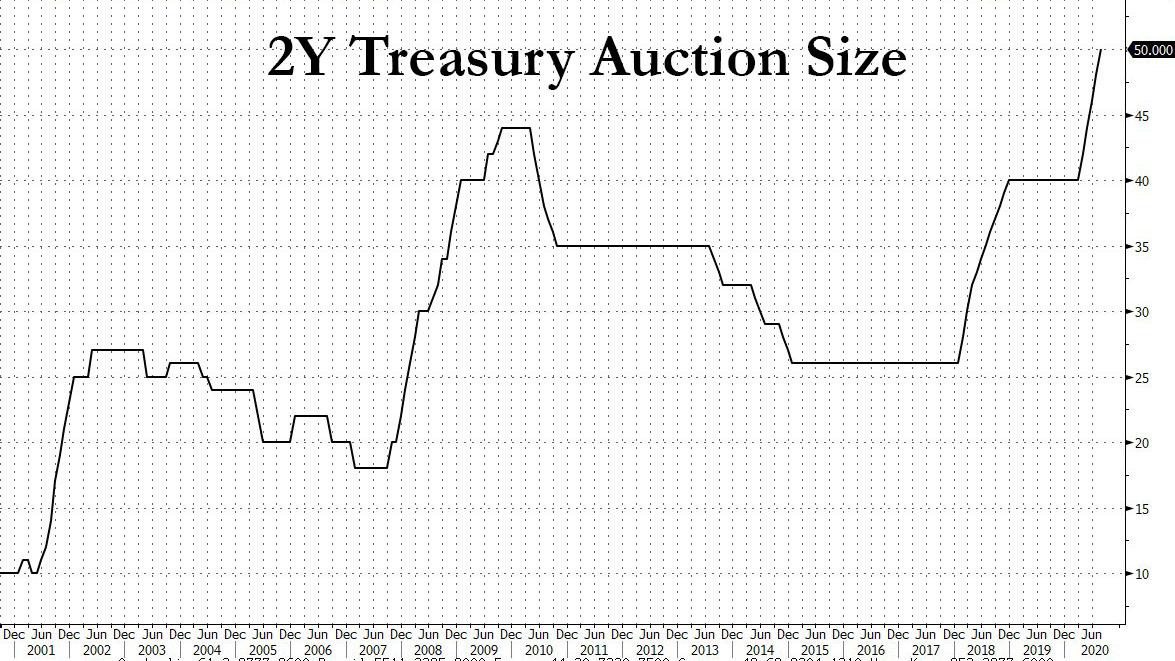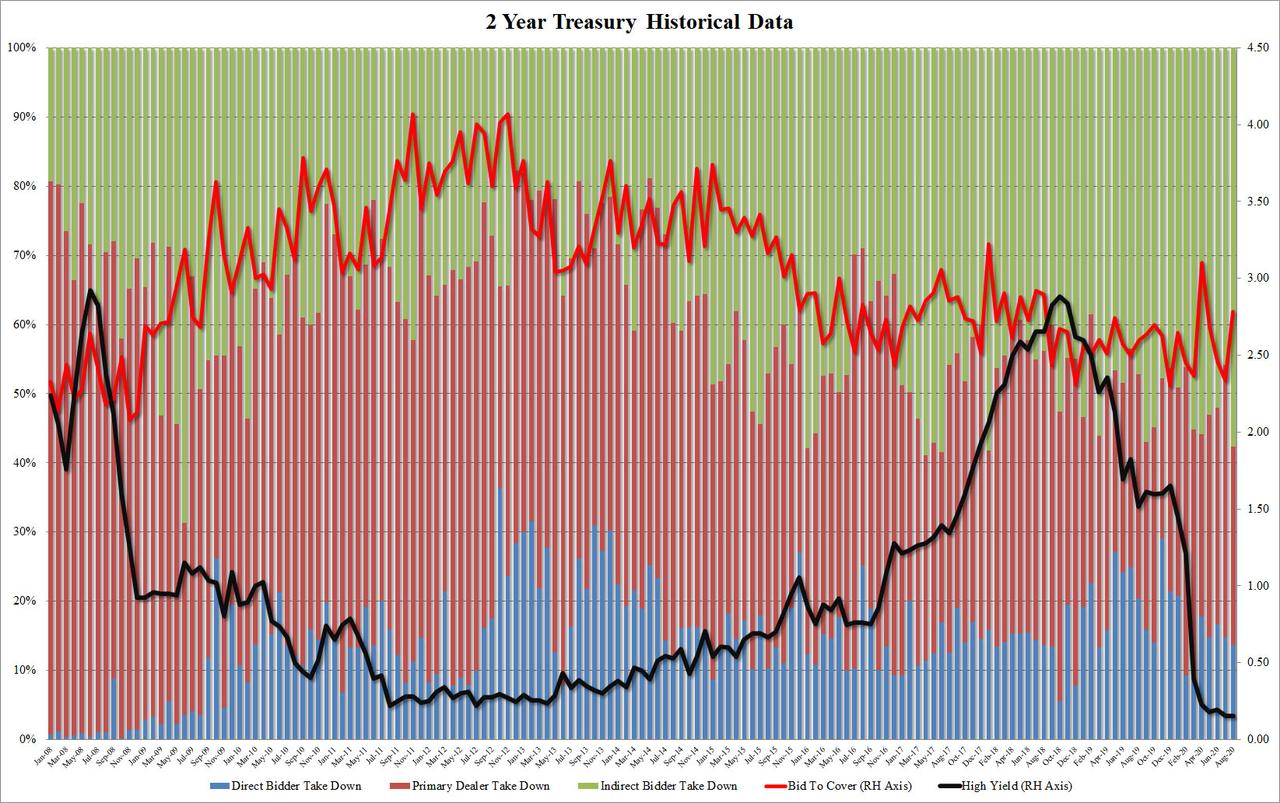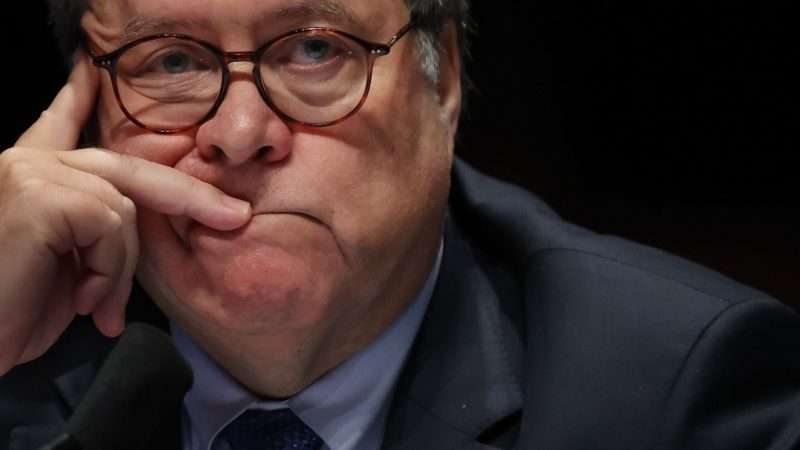While MSM Panned GOP Convention As ‘Dark’ – Six Times As Many Viewers Watched C-SPAN Livestream
Tyler Durden
Tue, 08/25/2020 – 13:25
Monday night’s C-SPAN livestream of the first night of the Republican National Convention attracted nearly six times as many viewers as the start of the Democratic National Convention, with 440,000 watching the GOP stream vs. 76,000 for the Democrats, according to The Hill.
TV ratings from Neilsen Media Research have yet to be released for the GOP’s first night. For reference, 18.7 million people watched the first night of the virtual Democratic convention featuring former first lade Michelle Obama and former Ohio Gov. John Kasich (R).
Democratic presidential nominee Joe Biden‘s speech on Thursday night was watched by 21.8 million people on TV, beating out the numbers for other major speeches at the party’s convention earlier in the week.
Still, the numbers for Biden mark a 21 percent drop from presidential nominee Hillary Clinton‘s acceptance speech at the Democratic convention in 2016. They are also more than 38 percent lower than President Trump‘s acceptance speech at the Republican convention four years ago, which drew 34.9 million viewers. –The Hill
Of course, progressives now want TV networks to delay airing portions of the GOP convention in order to fact-check claims!
.@BrendanCarrFCC please see below.
The Democrats are actively interfering in the election.
First it was immense censorship on social media.
Now they want to control what Americans are allowed to hear on tv??
Republicans didn’t call for Democrats to be fact checked. pic.twitter.com/XTkKc5qwgL
— Derek Utley (@realDerekUtley) August 25, 2020
Like they did with Joe Biden’s oft-repeated “very fine people” lie about Trump’s response to Charlottesville?
Meanwhile, after Democrats spent three days dropping steaming turds on President Trump and warning that his reelection would spell doom for the country, resistance media’s coordinated word of the day for Monday’s GOP convention is ‘dark.’
It’s getting “dark” out there early at the RNC. pic.twitter.com/JS6zzJ8hmT
— Howie Carr (@HowieCarrShow) August 25, 2020
Nikki Haley defends darker tone of Republican National Convention https://t.co/Dway7c4QIr
— CBS News (@CBSNews) August 25, 2020
Maybe…
Kimberly Guilfoyle vs Elmo #RNC pic.twitter.com/EnimvW289p
— Belle (@PlainsBelle02) August 25, 2020
via ZeroHedge News https://ift.tt/2EC34QJ Tyler Durden





